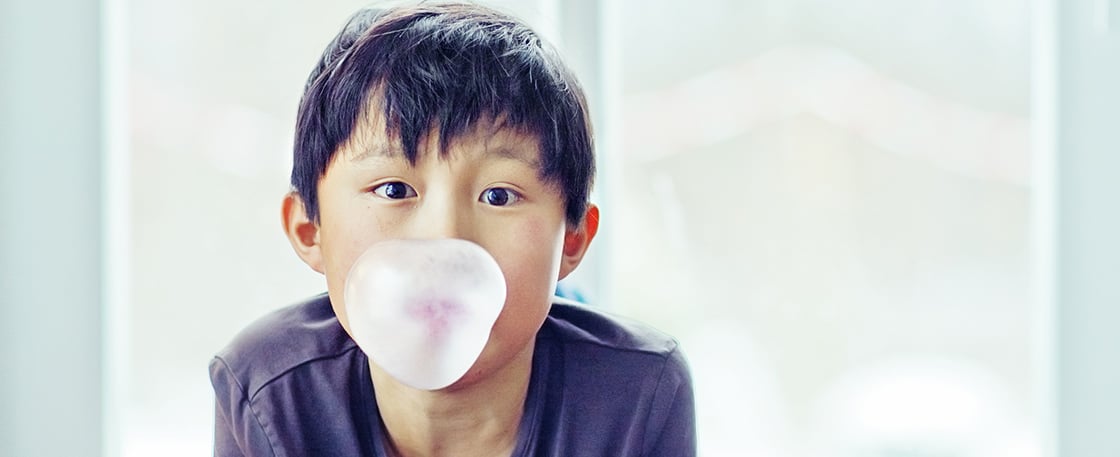ELISABETH SCHMITT/GETTY IMAGES
We have an idea to make our school a happier place and turn us into better students: Let us chew gum in class! We know that chewing gum is against school rules. But maybe you’ll want to change the rules once you read this letter.
Several recent studies have suggested that gum-chewing improves your memory and helps you concentrate. One study even showed that scores went up for students who chewed gum while taking tests!
Chewing gum is also helpful for kids who have trouble staying focused. Some kids in our class are very fidgety, and they say that chewing gum helps them sit still when they’re doing homework. We’d rather watch them chew than see them squirm around in their seats.
Many schools have been letting students chew gum, and we think that our school should be the newest on the list! We promise that we will always throw our gum in the trash.
So what do you say? May we chew?
Sincerely,
Mr. Parker’s class
We have an idea that could turn us into better students. Let us chew gum in class! We know that chewing gum is against school rules. But you might want to change the rules once you read this letter.
Some studies suggest that gum-chewing improves your memory and helps you focus. One study even showed that scores went up for students who chewed gum while taking tests!
Some kids in our class are very fidgety. They say that chewing gum helps them sit still. We’d rather watch them chew than see them squirm around in their seats.
Many schools have been letting students chew gum. We think our school should be the next on the list! We promise that we will always throw our gum in the trash.
So what do you say? May we chew?
Sincerely,
Mr. Parker’s class
Tenemos una idea para hacer de nuestra escuela un lugar más feliz y convertirnos en mejores estudiantes: ¡Déjenos mascar chicle en clase! Sabemos que mascar chicle va contra las reglas de la escuela, pero tal vez quiera cambiar las reglas después de leer esta carta.
Varios estudios sugieren que mascar chicle mejora la memoria y ayuda a la concentración. ¡Un estudio incluso demostró que los estudiantes que mascaron chicle mientras tomaban un examen mejoraron sus notas!
Mascar chicle también es bueno para los niños que tienen problemas de concentración. Algunos niños son muy inquietos y dicen que mascar chicle les ayuda a quedarse sentados mientras hacen las tareas. Preferimos verlos mascar que retorciéndose en sus asientos.
Muchas escuelas les han permitido a sus estudiantes mascar chicle y ¡creemos que nuestra escuela debería unirse a la lista! Prometemos que siempre tiraremos el chicle en los cubos de basura.
Así que, ¿qué cree? ¿Podemos mascar chicle?
Sinceramente,
La clase del Sr. Parker

